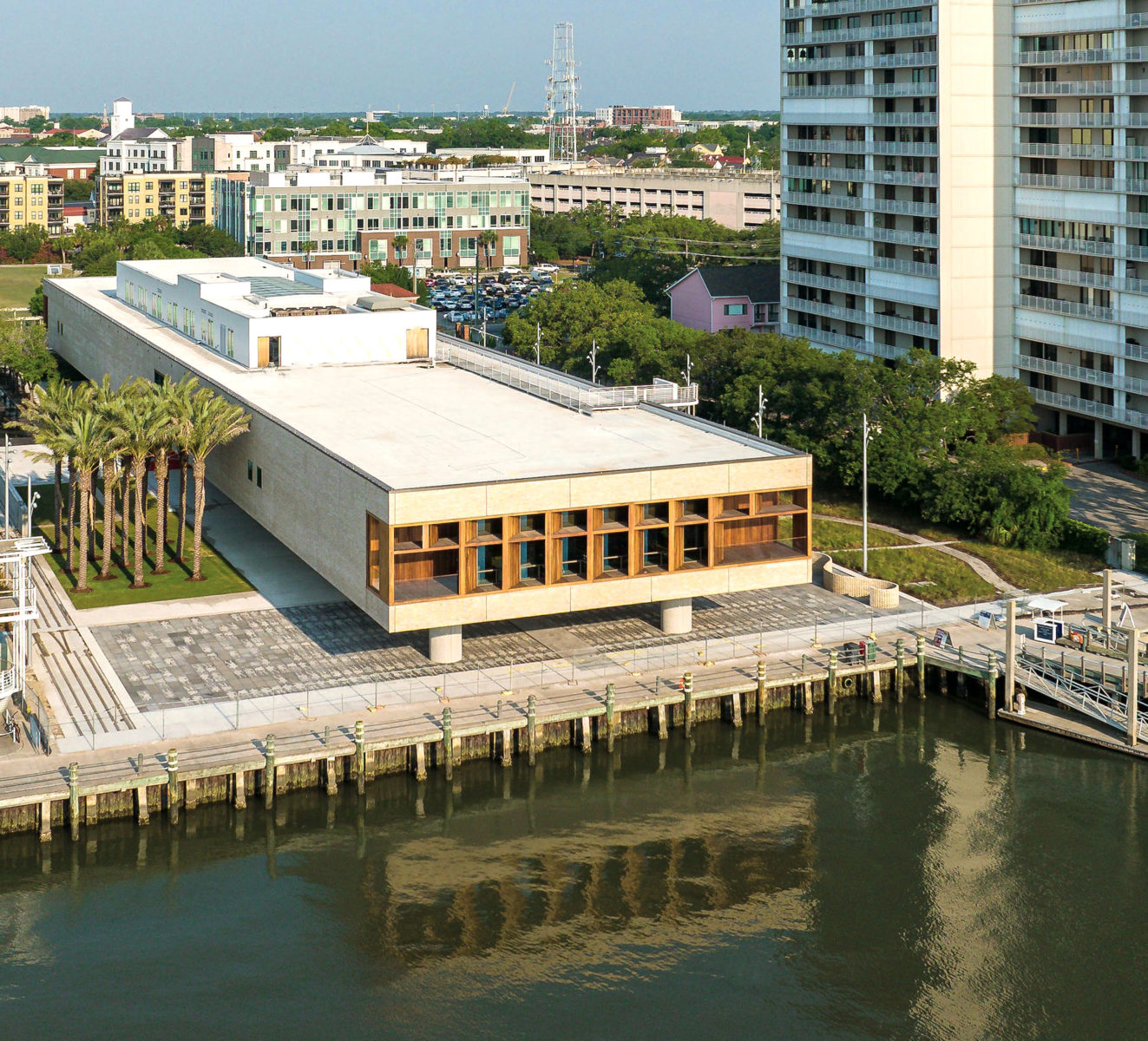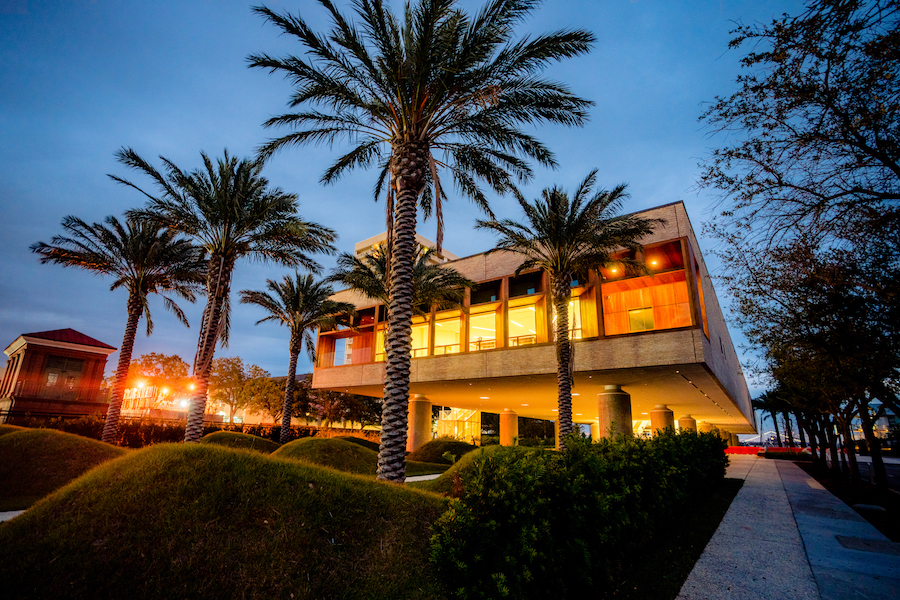Eco-tourism goes all the way to Edisto
Press and Standard – By Tom Mason
A statewide survey by an internationally-acclaimed tourism development group from Ireland concluded this week with officials in Walterboro and Edisto hearing what they suspected all along; ecotourism is the future in the ACE Basin.
“You are on the cusp of going big into tourism,” Robert Cleverdon, director for international projects at Tourism Development Institutional, said April 20 in Walterboro at a meeting of Walterboro’s movers and shakers.
“The Great Swamp Sanctuary,” Cleverdon added, “is the cornerstone of your eco-tourism.”
But it doesn’t stop there, in the view of Dan Carter, director of the Edisto Chamber of Commerce, whose favorite word is “leverage.” Carter, with the help of consultants E. Boineau and Company, has been building Edisto’s brand through seasonal releases, with plans for more coming to promote “fan” tours for golf, fishing tournaments, and eco-tourism as a focus point.
Carter hosted a meeting with Cleverdon’s group the day before the Walterboro meeting. The consultants for the S.C. Department of Parks, Recreation and Tourism were wrapping up a statewide tour covering eight regions.
“We toured that afternoon, then they were off to Walterboro, Hampton and Daufuskie,” Carter said. Whereas other regions have advantages with great draw – such as the Aiken area for equestrian-minded – Carter said, “Lowcountry eco-tourism is the focal point. Let’s tie into the Walterboro, Jacksonboro, Edisto corridor.”
Carter envisions leveraging the ACE Basin’s eco-tourism advantages to pull people off I-95 from Walterboro for the Great Swamp Sanctuary, routing them through Jacksonboro for the history buffs, and ending at Edisto.
Of the Irish visionaries who have been state consultants for over five years, Carter said, “They understood, it was clear to them, there were some folks who were real sensitive to lodging and the impact it would have on (Edisto) island – these are high level observations not in the plan yet – but they were even thinking in terms of eco-lodges being out int he Ravenel area or over towards Yonges Island. But the point is, geographically, this is fairly close. To leverage it and feed off what we’ve got around, the implications are massive.”
A visionary himself, Carter even imagines culinary tourism.
“What’s obvious to all of us is right here at our fingertips. You’ve got all this great agricultureal product and in addition to that you’ve got all the seafood product, the combination of which you’ve fresh ingredients right outside our door here. More dining experiences could be leveraged out of that, where you can fulfill the entire cycle of raw products to the dining experience.”
There’s more in the vision. The consultants “have noticed around Beaufort there’s been some activity to try to rejuvinate and reestablish a little rail line that ran between Port Royal and Yemassee.” It ties together in the Carter leveraging mind – all that history, culture, food and ecology.
“Even the Gullah-Geechee Corridor hasn’t been leveraged and developed,” he says. “It’s like a big store in a mall, where the little stores feed off it to bring a richer experience to the customers.”
But in this case, Carter sees tourists.



